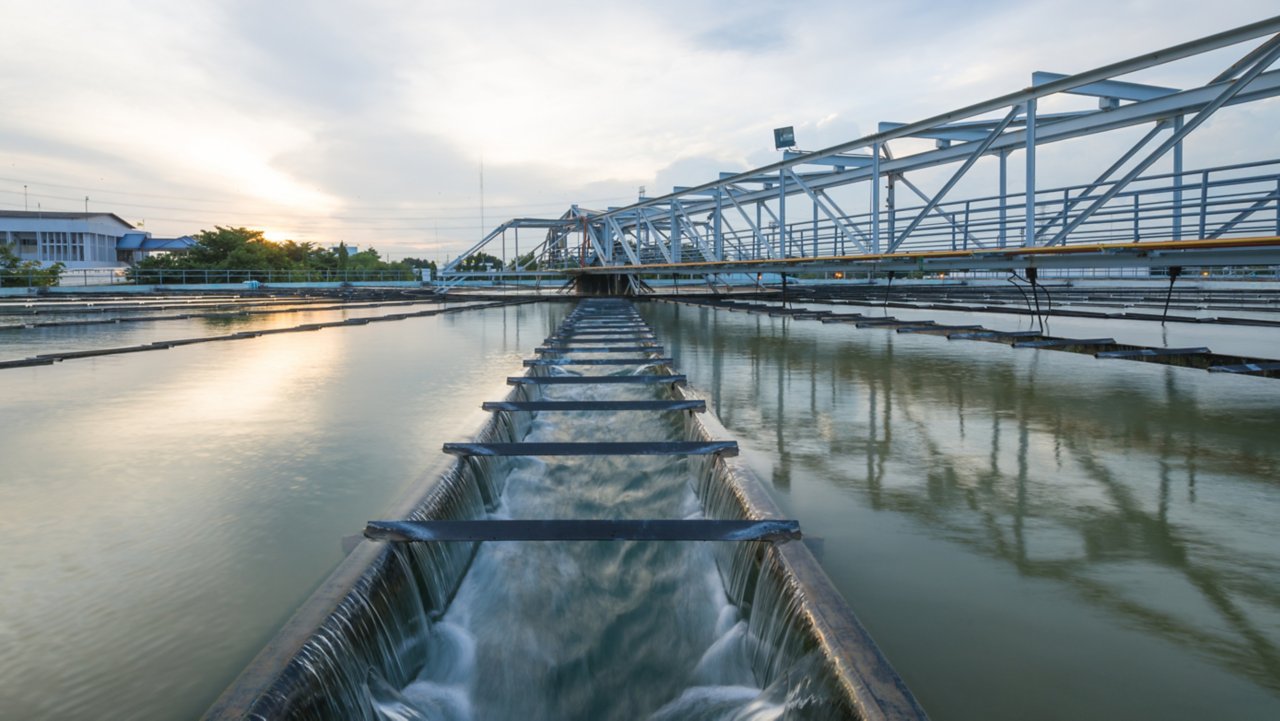SCADA System Creates Plantwide Flexibility
Management’s goal was to standardize the plant’s production and better manage energy costs by implementing a SCADA system to automate the water treatment process. An automated system not only promised the hope of a more efficient process, but also a state rebate if the new solution reduced energy consumption by at least 50 percent.
The first step in the renovation process was to replace the existing system in the aeration basin with new diffusers and install six high-speed turbo blowers. Working with Automated Control & Technical Services, a Rockwell Automation Recognized System Integrator, plant personnel installed a SCADA system based on an automation control system. With the addition of FactoryTalk® software from Rockwell Automation communicating over wireless EtherNet/IP™, the new SCADA system could be monitored by redundant servers for added reliability.
The flexible automation allowed the plant’s treatment process to be consistently controlled.
“We have the visibility to continue to produce a good, quality product all the time,” the operations supervisor explained. “I don’t have to worry about the process changing, because it looks the same day in and day out.”
On top of regulated control, the SCADA system has also created improved reliability and peace of mind for operators in the facility. Before, if a problem were to occur, workers were alerted through a blinking light in the control room without explanation. Now, thanks to a variety of detailed alarms, operators can identify problems instantly – even remotely.
After the installation of the FactoryTalk Historian application, the facility was able to identify specific times when industrial companies discharged higher amounts of waste into the facility. This allowed workers to adjust operations and determine trends for future modification.
After the success of the first project, the sanitation district moved forward with a motor control refurbishment. Plant managers worked with system integrator Telstar Inc. to replace the plant’s existing aerobic digester blowers. They also integrated SCADA controls and installed an automated valve on the second basin.
As part of the upgrade, Telstar also replaced the outdated equipment in the backup aeration basin with two Allen-Bradley EtherNet/IP-enabled CENTERLINE motor control centers for increased safety and plantwide control. Automation was also incorporated into the scum-removal system through the addition of Allen-Bradley PowerFlex drives and ControlLogix® controllers.

